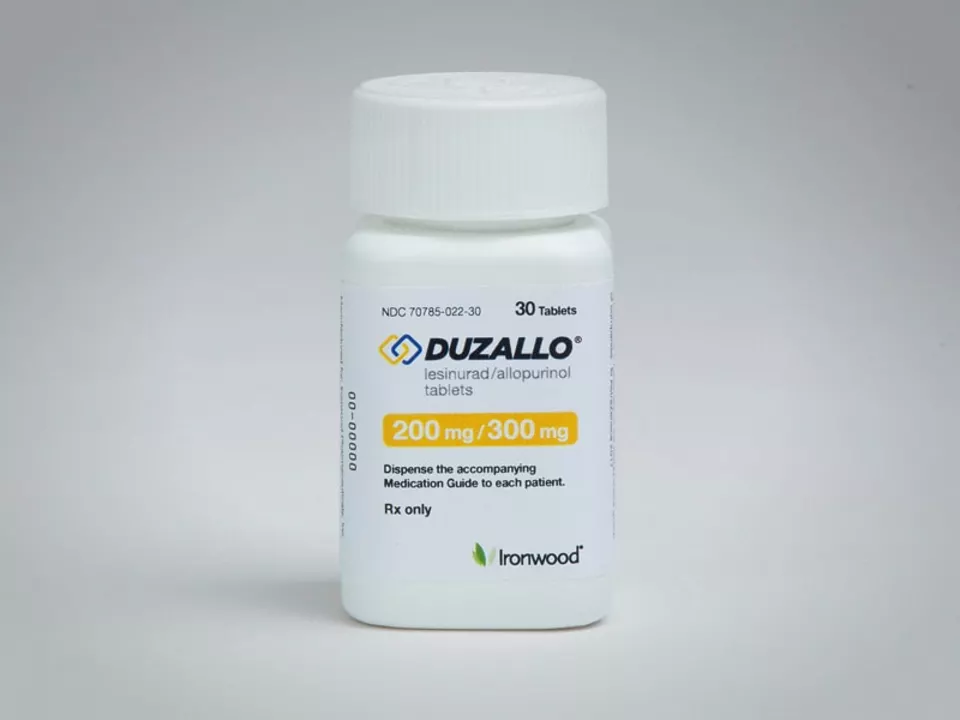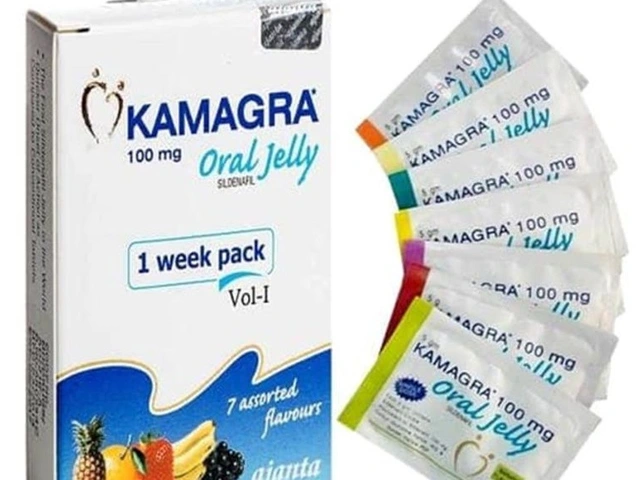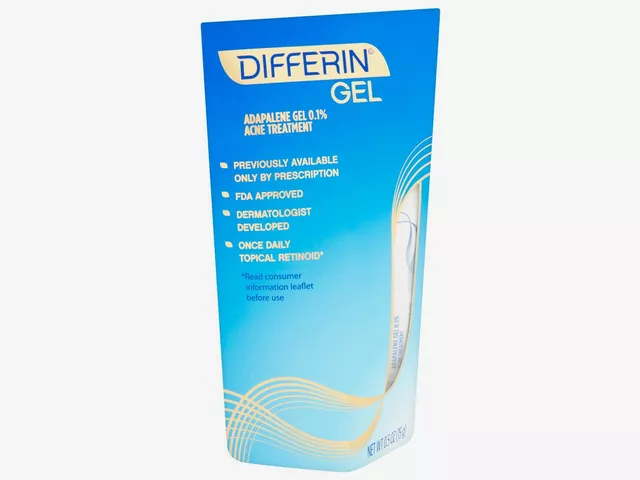Allopurinol Therapy: What You Need to Know
If you’ve been told you have gout or high uric acid, chances are your doctor mentioned allopurinol. It’s the go‑to pill that lowers uric acid over time, helping prevent painful attacks. But taking it isn’t a "just pop a pill" deal—you need the right dose, timing, and some lifestyle tweaks to get the most out of it.
Getting Started with Allopurinol
The usual starter dose is 100 mg once daily, but many people end up on 300 mg or more. Your doctor will increase the amount gradually while checking blood work, because jumping straight to a high dose can trigger a flare‑up.
Take allopurinol after a meal with plenty of water. This reduces stomach irritation and helps your body absorb it better. If you miss a dose, just take it as soon as you remember—don’t double up.
Regular lab checks are key. Your doctor will monitor serum uric acid levels every few weeks until they’re in the target range (usually below 6 mg/dL). They’ll also look at kidney function because allopurinol is cleared through the kidneys.
Managing Side Effects & Lifestyle Tips
Most people tolerate allopurinol well, but a few experience rash, nausea, or headache. If a rash appears and spreads quickly, stop the pill and call your doctor—rarely it can be serious.
Avoid alcohol, especially beer, while you’re on allopurinol. Alcohol raises uric acid and can undo your hard work. Stay hydrated; aim for at least eight glasses of water a day to help flush excess uric acid.
Watch out for drug interactions. Common culprits include azathioprine, mercaptopurine, and some antibiotics like trimethoprim‑sulfamethoxazole. Always tell your pharmacist about every medication you’re taking.
Diet matters too. Cut back on high‑purine foods such as red meat, organ meats, and certain seafood (like anchovies or sardines). Instead load up on low‑purine options—fruits, veggies, whole grains, and dairy.
Finally, be patient. Allopurinol doesn’t stop an acute gout attack; it works over weeks to months to keep future attacks at bay. If you’re in the middle of a flare, your doctor may prescribe colchicine or NSAIDs alongside allopurinol.
Stick to the plan, keep up with lab tests, and tweak your diet as needed. With these simple steps, allopurinol can become an effective part of your gout‑free life.

How to Safely Start Allopurinol Therapy: A Step-by-Step Guide
Starting Allopurinol therapy can be a bit overwhelming, but following a step-by-step guide can help ensure safety. First, it's important to consult a healthcare professional to determine if Allopurinol is the right treatment for you. Next, make sure to start with a low dose and gradually increase it as advised by your doctor, to minimize the risk of side effects. Don't forget to maintain a healthy diet and stay hydrated, as this can help prevent kidney stones. Lastly, always monitor your progress and communicate any concerns to your healthcare provider to ensure a successful and safe Allopurinol therapy.





